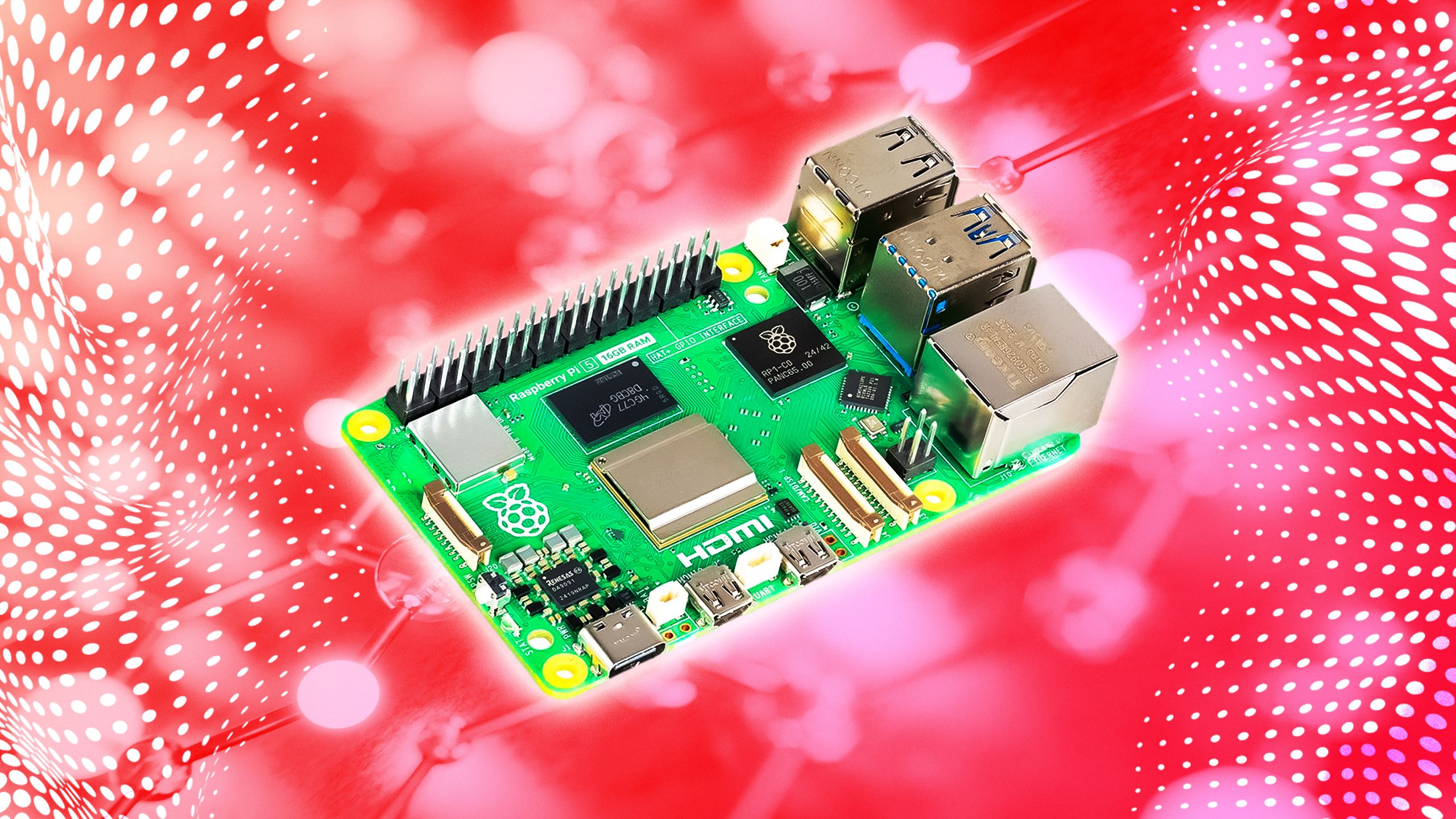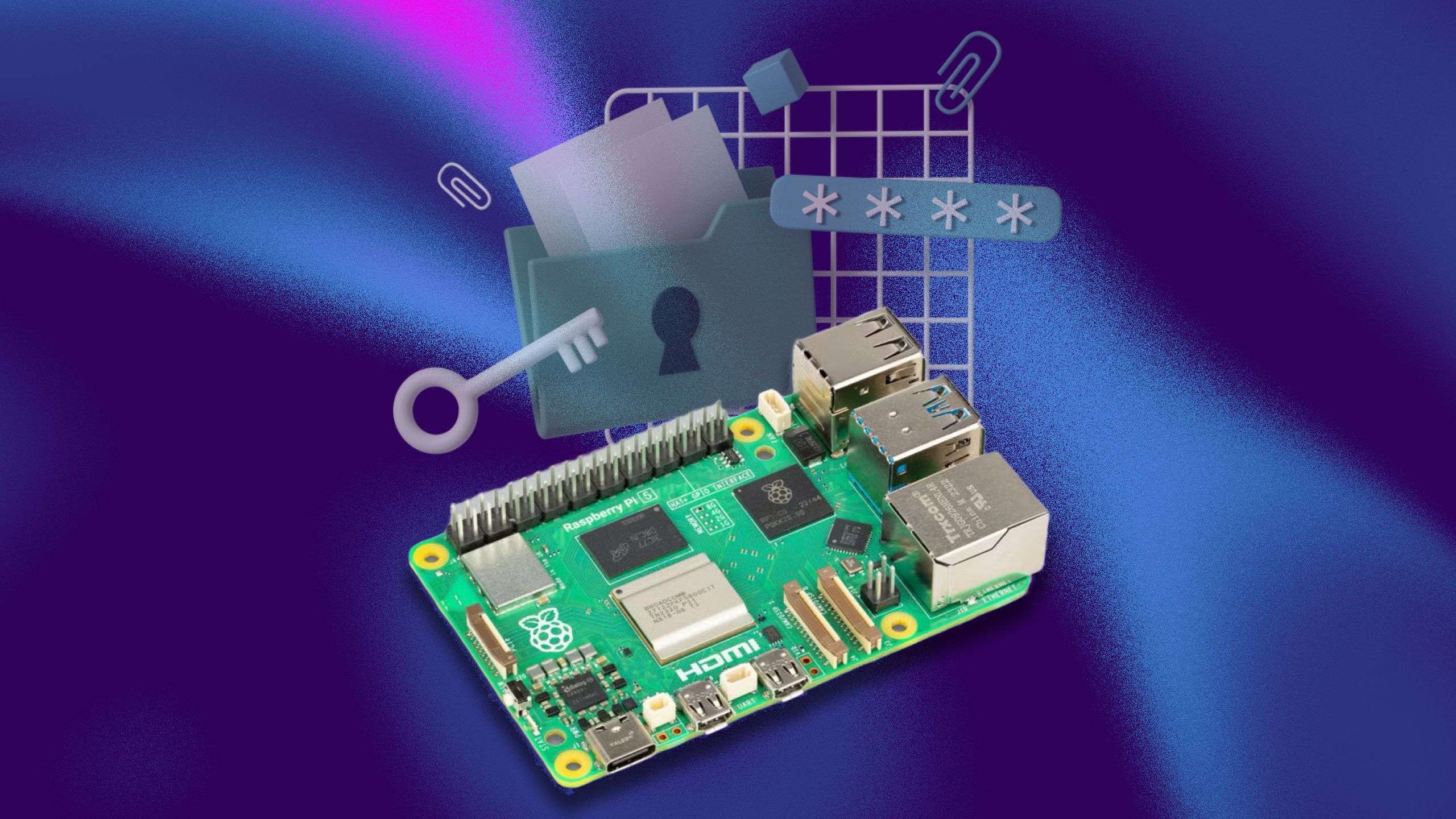Let's dive straight into the world of RemoteIoT and Raspberry Pi. If you're someone who's been hearing buzzwords like IoT, automation, and smart devices, then this is your gateway to understanding how a tiny device like Raspberry Pi can change the game for remote IoT applications. We’re not just talking about gadgets here; we’re talking about creating solutions that can revolutionize industries, homes, and even your personal projects. So, buckle up, because we’re about to explore the ins and outs of remote IoT using Raspberry Pi.
Imagine a world where you can control your home appliances, monitor your garden’s moisture levels, or even check the temperature of your remote cabin—all from the comfort of your couch. Sounds futuristic, right? Well, with Raspberry Pi and remote IoT, it’s not just possible; it’s becoming the norm. The beauty of this technology lies in its simplicity and flexibility, making it accessible to tech enthusiasts and professionals alike.
Now, if you’re wondering why Raspberry Pi is such a big deal in the remote IoT space, let me break it down for you. This little device is more than just a circuit board; it’s a powerhouse that can handle complex tasks while remaining cost-effective and easy to use. Whether you're a beginner looking to dabble in IoT or a seasoned pro building scalable solutions, Raspberry Pi offers endless possibilities.
Understanding RemoteIoT and Its Role in Modern Technology
RemoteIoT, or remote Internet of Things, is all about connecting devices over the internet to enable real-time monitoring and control. Think of it as an extended nervous system for your devices, allowing them to communicate and interact without physical intervention. It's like giving your gadgets a voice and ears so they can "talk" to each other and you, no matter where you are.
In the context of Raspberry Pi, remote IoT becomes even more powerful. The Pi acts as the brain of your IoT system, processing data, executing commands, and communicating with other devices. It’s like having a tiny server in your pocket that can handle everything from simple automation tasks to complex data analytics.
Why Choose Raspberry Pi for RemoteIoT?
There are plenty of options out there for IoT development, but Raspberry Pi stands out for several reasons. First off, it’s incredibly affordable, which makes it a great choice for hobbyists and small-scale projects. Plus, its open-source nature means you have access to a vast community of developers and resources, making troubleshooting and learning a breeze.
- Desi Mmsnet A Comprehensive Guide To Understanding And Maximizing Its Potential
- Watch Ullu Web Series Online Your Ultimate Guide To Bingewatching
Another advantage is its versatility. Raspberry Pi can be programmed in various languages, including Python, which is perfect for IoT applications. It also has a wide range of GPIO pins, allowing you to connect all sorts of sensors and actuators to create custom solutions. And let's not forget its compatibility with popular IoT platforms like MQTT and Node-RED, which make integration a snap.
Setting Up Your Raspberry Pi for RemoteIoT Projects
Before you dive into creating your first remote IoT project, you’ll need to set up your Raspberry Pi. Don’t worry; it’s not as complicated as it sounds. Here’s a quick rundown of what you’ll need:
- Raspberry Pi (any model will do, but Pi 4 is recommended for its speed and features)
- MicroSD card with Raspberry Pi OS installed
- Power supply
- Keyboard and mouse (optional if you're using remote access)
- Monitor (optional for initial setup)
Once you have all the hardware, you can start by installing Raspberry Pi OS on your microSD card. This is the operating system that will run on your Pi and provide the foundation for your IoT projects. You can download it from the official Raspberry Pi website and use a tool like BalenaEtcher to flash it onto your SD card.
Connecting Your Raspberry Pi to the Internet
For remote IoT applications, having a stable internet connection is crucial. You can connect your Raspberry Pi to Wi-Fi or Ethernet, depending on your setup. Wi-Fi is great for mobility, while Ethernet offers more reliability and speed. To configure Wi-Fi, you can either use the graphical interface or edit the wpa_supplicant.conf file directly.
Once your Pi is online, you can set up remote access using tools like SSH (Secure Shell) or VNC (Virtual Network Computing). SSH allows you to control your Pi from the command line, while VNC gives you a full graphical interface. Both are essential for managing your IoT projects remotely.
Building Your First RemoteIoT Project with Raspberry Pi
Now that your Raspberry Pi is set up and connected to the internet, it’s time to build your first remote IoT project. Let’s start with something simple yet practical: a remote temperature and humidity monitor. This project will teach you the basics of sensor integration, data collection, and remote access.
For this project, you’ll need:
- DHT22 temperature and humidity sensor
- Breadboard and jumper wires
- Python programming knowledge
- A web server or cloud platform to display the data
Begin by connecting the DHT22 sensor to your Raspberry Pi using the GPIO pins. Then, write a Python script to read the sensor data and send it to a web server or cloud platform. You can use libraries like Adafruit_DHT to simplify the process. Finally, set up a dashboard to display the data in real-time, so you can monitor the temperature and humidity from anywhere in the world.
Advanced RemoteIoT Projects with Raspberry Pi
Once you’ve mastered the basics, you can move on to more advanced projects. Here are a few ideas to get you started:
- Smart home automation: Control lights, fans, and other appliances remotely using Raspberry Pi and IoT platforms like Home Assistant.
- Remote weather station: Build a weather station that collects data from various sensors and sends it to a cloud platform for analysis.
- Security system: Create a motion-detection system that sends alerts to your phone when someone enters your property.
- Smart irrigation system: Monitor soil moisture levels and automate watering based on the data collected.
These projects not only showcase the capabilities of Raspberry Pi but also demonstrate how remote IoT can be applied to solve real-world problems.
Security Considerations for RemoteIoT with Raspberry Pi
While remote IoT offers incredible possibilities, it also comes with security challenges. Since your devices are connected to the internet, they become potential targets for hackers. That’s why it’s essential to implement strong security measures to protect your data and devices.
Here are a few tips to keep your Raspberry Pi and IoT projects secure:
- Use strong passwords and enable two-factor authentication for remote access.
- Keep your software and firmware up to date to patch any vulnerabilities.
- Use firewalls and intrusion detection systems to monitor and block unauthorized access.
- Encrypt your data transmissions to prevent interception.
By following these best practices, you can ensure that your remote IoT projects remain safe and secure.
Best Practices for Maintaining a Secure RemoteIoT Environment
In addition to the tips mentioned above, there are a few more best practices you should consider:
- Segment your network to isolate IoT devices from critical systems.
- Limit access to your Raspberry Pi to trusted users only.
- Regularly back up your data to prevent loss in case of a breach.
- Monitor your devices for suspicious activity and take action if necessary.
Security is an ongoing process, so it’s important to stay vigilant and adapt to new threats as they emerge.
Exploring Popular IoT Platforms for Raspberry Pi
When it comes to remote IoT, having the right platform can make all the difference. There are several popular IoT platforms that work seamlessly with Raspberry Pi, each offering unique features and capabilities. Let’s take a look at some of the top options:
- MQTT: A lightweight messaging protocol ideal for IoT applications. It’s perfect for sending small amounts of data between devices.
- Node-RED: A visual programming tool that simplifies IoT development by allowing you to create flows using drag-and-drop nodes.
- Home Assistant: A powerful home automation platform that integrates with a wide range of devices and services.
- AWS IoT Core: A cloud-based platform that allows you to connect, manage, and secure IoT devices at scale.
Each platform has its strengths and weaknesses, so it’s important to choose the one that best fits your project requirements.
Choosing the Right IoT Platform for Your Needs
Selecting the right IoT platform depends on several factors, including your project goals, budget, and technical expertise. Here are a few things to consider:
- Scalability: Can the platform handle the growth of your project?
- Integration: Does it support the devices and services you want to use?
- Ease of use: Is it user-friendly and easy to set up?
- Cost: Does it fit within your budget?
By evaluating these factors, you can make an informed decision and choose the platform that aligns with your needs.
Troubleshooting Common Issues in RemoteIoT with Raspberry Pi
Even with the best planning and setup, issues can arise in remote IoT projects. Here are some common problems and how to solve them:
- Connection issues: Check your internet connection and ensure your Raspberry Pi is properly configured for Wi-Fi or Ethernet.
- Sensor malfunctions: Verify that your sensors are connected correctly and test them individually to identify any problems.
- Software errors: Review your code for syntax errors and update your libraries to the latest versions.
- Security breaches: Review your security settings and ensure all access points are secure.
By addressing these issues promptly, you can keep your remote IoT projects running smoothly.
Seeking Help and Resources for RemoteIoT with Raspberry Pi
If you’re stuck or need help with your remote IoT project, don’t hesitate to reach out to the community. There are plenty of forums, blogs, and social media groups dedicated to Raspberry Pi and IoT development. Some great resources to check out include:
- Raspberry Pi Forums: A go-to place for troubleshooting and getting advice from experienced users.
- Stack Overflow: A question-and-answer platform where you can find solutions to coding problems.
- Reddit: Subreddits like r/Raspberry_Pi and r/IoT offer valuable insights and discussions on various topics.
Remember, you’re not alone in this journey. The Raspberry Pi and IoT communities are incredibly supportive and willing to help.
Conclusion: Taking Your RemoteIoT Projects to the Next Level
We’ve covered a lot of ground in this article, from understanding remote IoT and setting up your Raspberry Pi to building projects and ensuring security. The possibilities with remote IoT and Raspberry Pi are truly endless, and the more you experiment, the more you’ll discover.
So, what’s next? Start by tinkering with some of the projects we discussed or come up with your own ideas. Share your experiences, ask questions, and collaborate with others in the community. The more you engage, the more you’ll learn and grow.
And don’t forget to leave a comment or share this article with your fellow tech enthusiasts. Together, we can unlock the full potential of remote IoT and Raspberry Pi. Happy building!
- Why Vegamovies English Is The Ultimate Destination For Movie Lovers
- Season Hubley The Rising Star Taking The Industry By Storm


